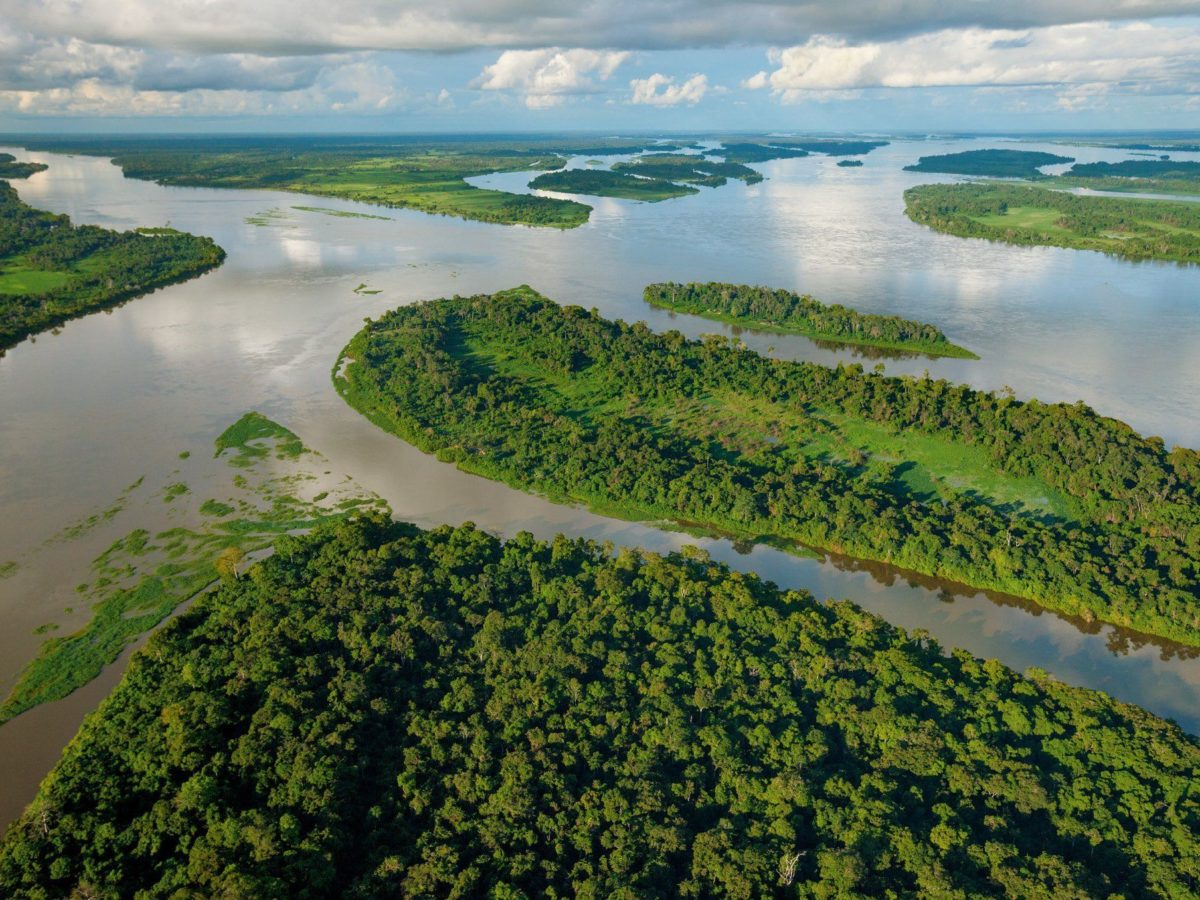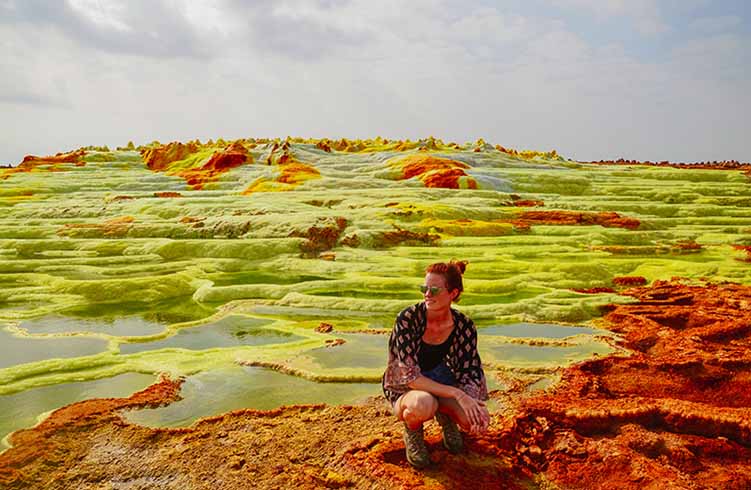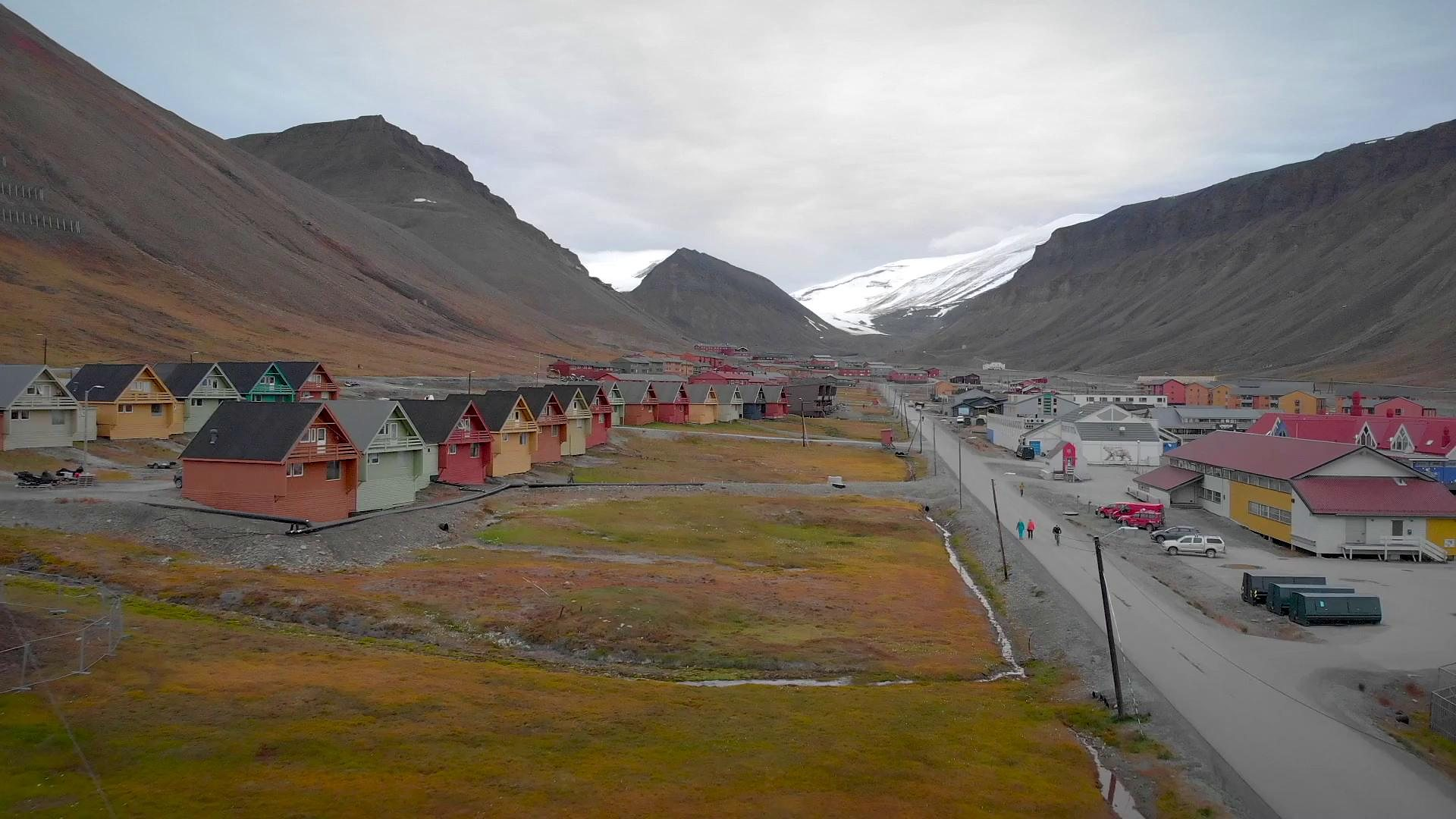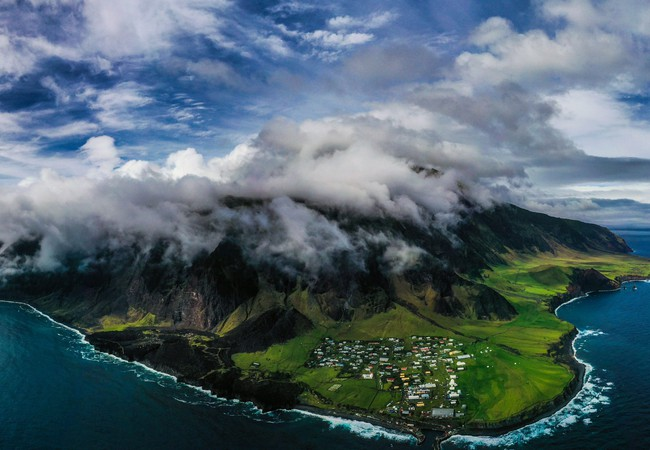The origin of the Congo River — one of the world’s great waterways — has long puzzled geographers. While its mighty course is well-documented, pinpointing its definitive source remains elusive. Recent hydro-geological studies suggest that a network of streams in the remote highlands of the Rift Valley — rather than a single spring — feed the Congo’s headwaters. These springs emerge from lush, undisturbed rainforest under pristine conditions, shaping a watershed that has sustained river life for millennia. Understanding this complex system helps illuminate how powerful rivers can form in regions with minimal human interference.
Satellite imaging and on-ground fieldwork have revealed several feeder tributaries originating near high-elevation plateaus in east-central Africa. These tributaries combine, gradually increasing in flow, before merging into the early trunk of the Congo. This ecological process demonstrates how climatic patterns, rainfall distribution and terrain slope influence river formation. By identifying which streams contribute most consistently to water volume, scientists can better model the Congo’s seasonal variations — vital for flood prediction, conservation planning and managing biodiversity hotspots along its vast path.
Recognising the Congo River’s true origins carries great significance. It challenges simplified maps and pushes geographers to re-evaluate river-formation models for other major waterways. From a conservation standpoint, protecting the spring-fed headwaters ensures long-term water quality and ecosystem stability. Ultimately, uncovering the Congo’s hidden watershed is not just an academic exercise — it’s a key step toward preserving one of Earth’s most vital natural arteries.




